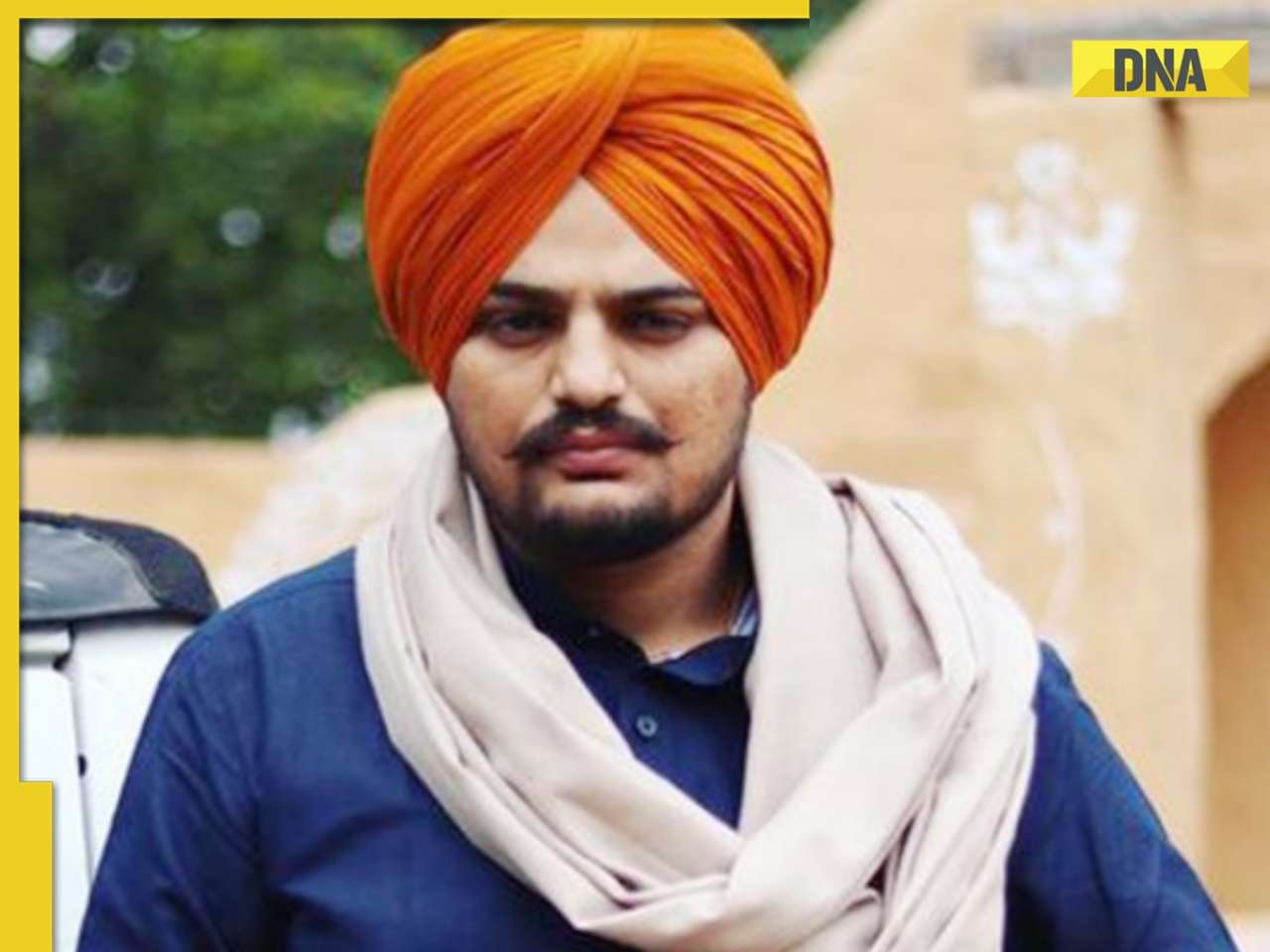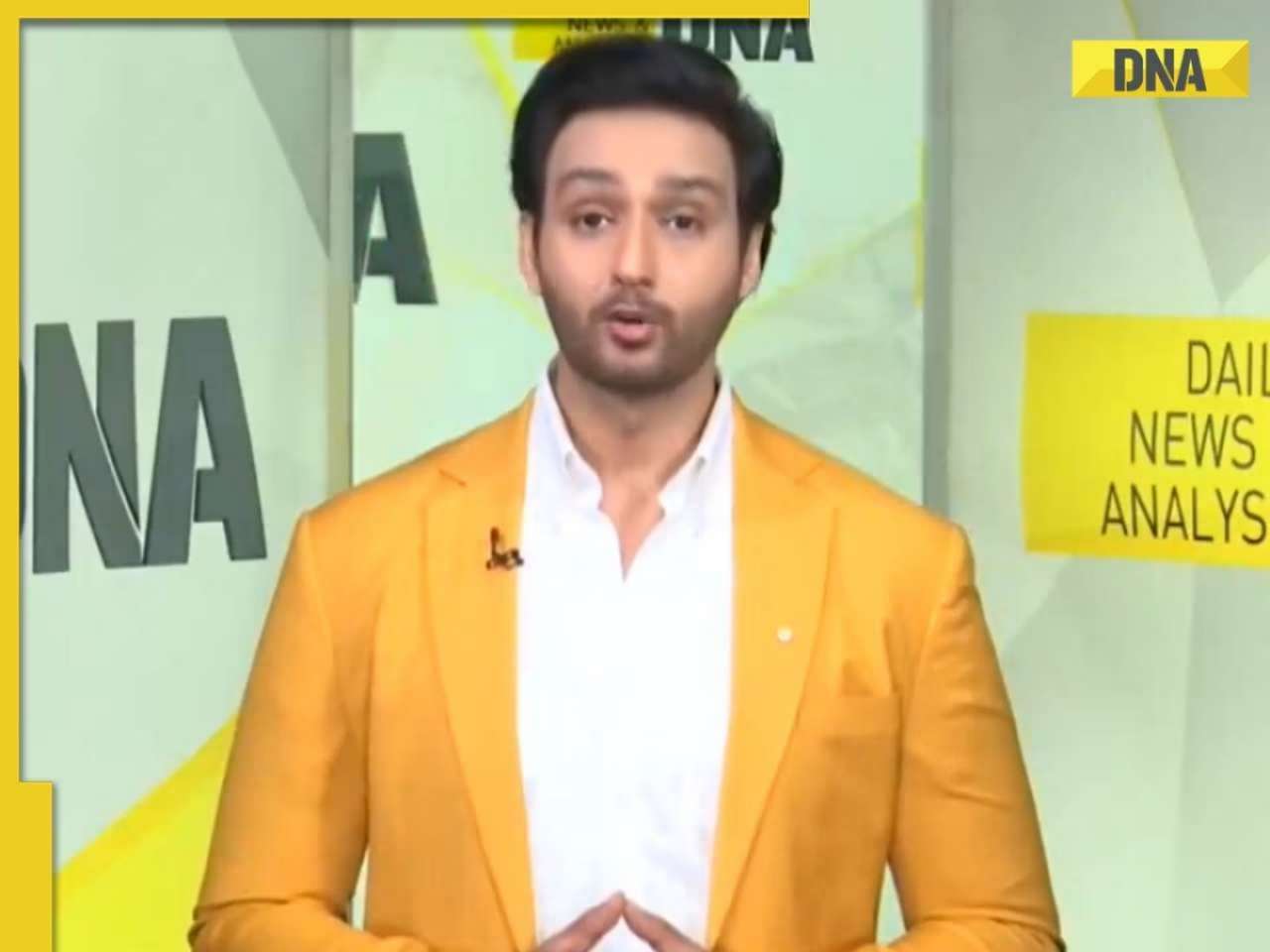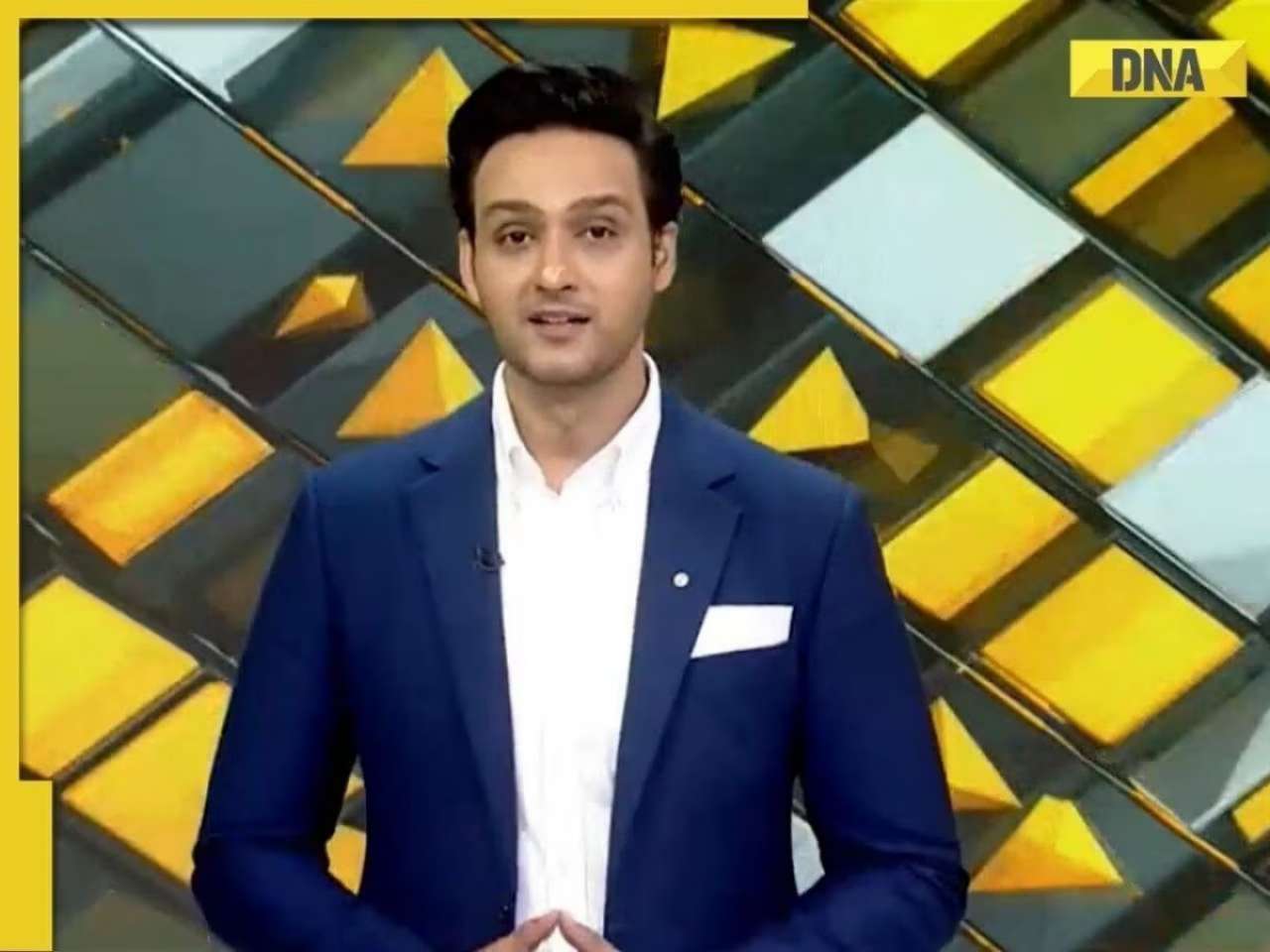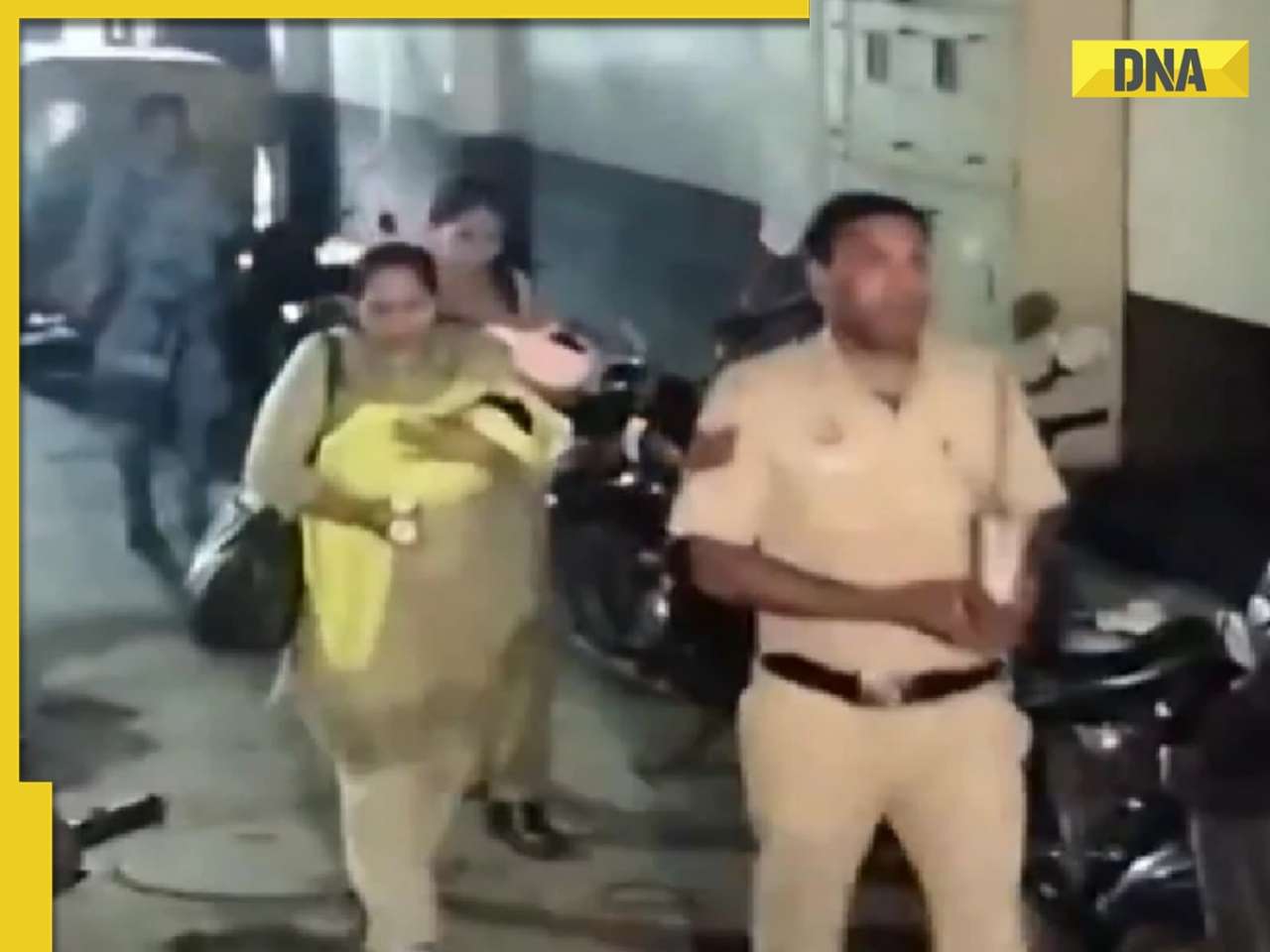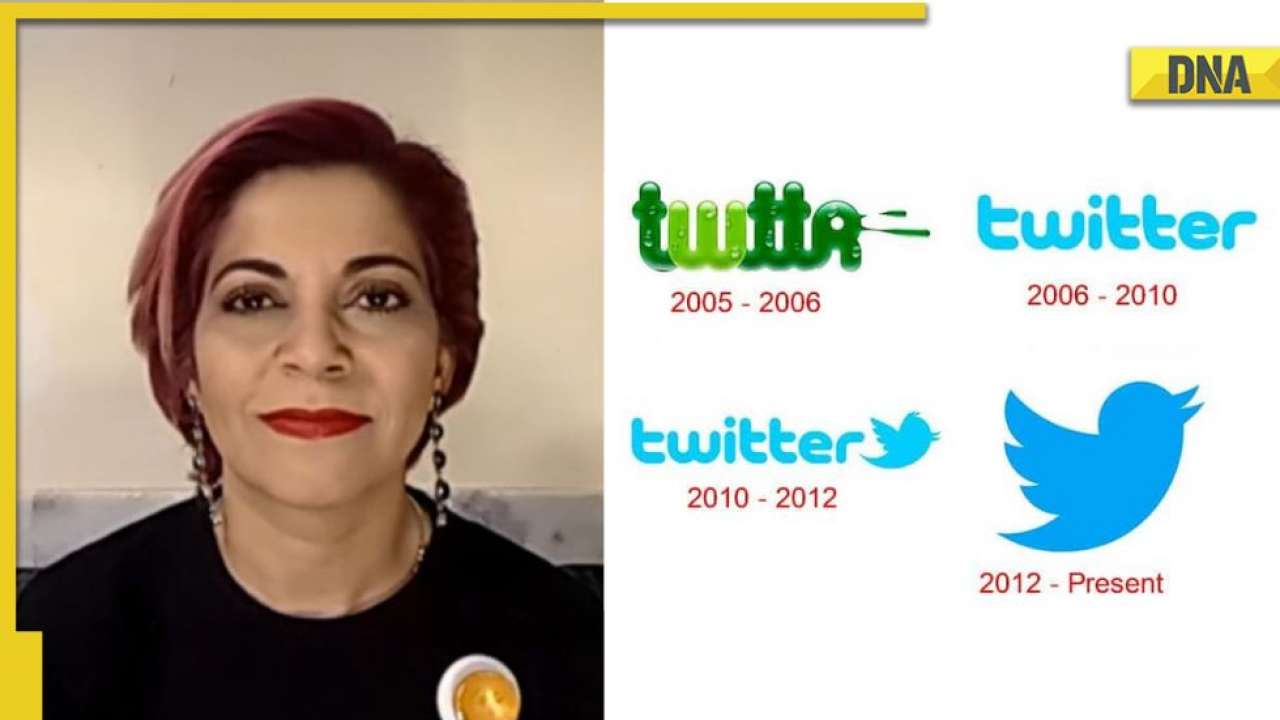Have you noticed that the rains don't behave the way they used to? In some cities, a drizzle suddenly turns into a flood that swallows roads, homes, and even schools. Flights get cancelled, cars float away, and within hours, familiar neighbourhoods look like scenes from disaster movies.
Why is water turning against us? A story of floods, a warming world, and a question for every generation
Have you noticed that the rains don't behave the way they used to? In some cities, a drizzle suddenly turns into a flood that swallows roads, homes, and even schools. Flights get cancelled, cars float away, and within hours, familiar neighbourhoods look like scenes from disaster movies. But this isn’t fiction. This is real.
In Delhi, for example, what was meant to be a pleasant June day in 2024 turned into a nightmare. In just three hours, the city was soaked with 150 mm of rain, leading to waterlogged roads, flooded metro stations, and traffic jams that lasted days.
By the end of the day, Delhi recorded 228.1 mm of rain, the second-highest in over 120 years. And yet, this is just one of many such stories across India and the world. The Floods Are Getting Closer and Stronger In Himachal Pradesh, cloudbursts between June and July 2025 turned gentle mountain streams into violent rivers, killing 34 people and causing more than Rs 756 crore in damage. A separate storm in July 2024 wiped out highways, pushing the total losses in the state past Rs 7,000 crore. In Kerala’s Wayanad, a place known for its lush beauty, the skies unleashed 409 mm of rain in just one day in July 2024.
This triggered landslides that killed 375 people and displaced 10,000 others. Even internationally, the skies are raging. In Valencia, Spain, a staggering 30 inches of rain fell in just a few hours — making it Spain’s worst weather disaster, with 232 deaths and a mind-boggling USD 18 billion in damages.
Globally, in 2024 alone: • 5,250 people lost their lives to floods. • 43 million people were displaced — that's more than the population of Canada! • The world suffered over $500 billion in economic losses due to floods. Why Are Rains So Different Now? Scientists have found the connection: heat. The warmer the air, the more water it can hold — like a sponge that swells when heated. For every 1°C of temperature rise, the air can carry 7% more moisture. • India’s average temperature has already risen by 0.65°C since the early 20th century. • This means our skies can now hold 4.6% more water vapour, waiting to pour down.
What makes this even more alarming is that in India, the rainfall intensity is increasing 1.5 to 2 times faster than the global average, due to supercharged clouds and hotter ground temperatures. In the United States’ Northeast, such extreme rainfall events (where 14 inches of rain falls in just a day) have shot up by 60 per cent compared to earlier decades. Meanwhile, Western Europe saw a summer in 2024 that was 2.8°C hotter than normal — a perfect recipe for devastating floods like the one in Valencia.
The Indian Monsoon: Now a Stranger
The Indian monsoon is also changing character: • The most intense rains have shifted from July to September, messing with farming cycles and crop harvests. • Nearly half of India’s seasonal rain now comes in just 20-30 hours, when it used to be spread over weeks.
This is especially dangerous for India’s “Monsoon Core Zone” — the heartland that feeds the nation. More 150 mm rain events during sowing seasons could destroy standing crops, threatening food security for millions.
Our Cities are Giant Hotplates
Our urban jungles — Delhi, Mumbai, Bengaluru — are heating up 2-3°C more than surrounding areas. Roads, buildings, and concrete prevent water from soaking into the ground. So when it rains hard, there's nowhere for the water to go — except into homes, subways, and streets. And let’s not forget the Himalayas. As glaciers melt and the ground weakens, any heavy rain triggers deadly landslides and river floods. This is why tragedies like Kedarnath in 2013 and the repeated floods in Himachal Pradesh are happening more often.
The Hidden Economic Toll In India: • 1,287 people died due to floods and heavy rains in 2024 — second only to deaths from lightning. • 5.4 million Indians were displaced — the highest in 12 years. • ₹1 lakh crore (around USD 12 billion) was the economic cost, and yet only 9% of these losses were insured. That means most people, from farmers to families, have to rebuild on their own. Globally, only 43% of disaster losses are insured — the rest is paid in tears, sweat, and broken dreams
What Could the Future Look Like?
Scientists say that if the Earth warms by just 1°C more, India’s risk of flash floods could rise by 10-14%, and “once-in-a-century” rains could happen twice as often. So the question remains — • Will our cities survive the next mega-rainfall? • Will villages have better protection? • Will farmers get the support they need when rains destroy crops? • Can we prepare for a future where rain is no longer just a blessing, but sometimes a brutal curse? Because if climate change is a ticking time bomb, then water — whether it comes a s a flood or vanishes in drought — is the explosion that strikes first. The rain is no longer just rain — it’s a question for our times: Are we prepared for what’s coming next?
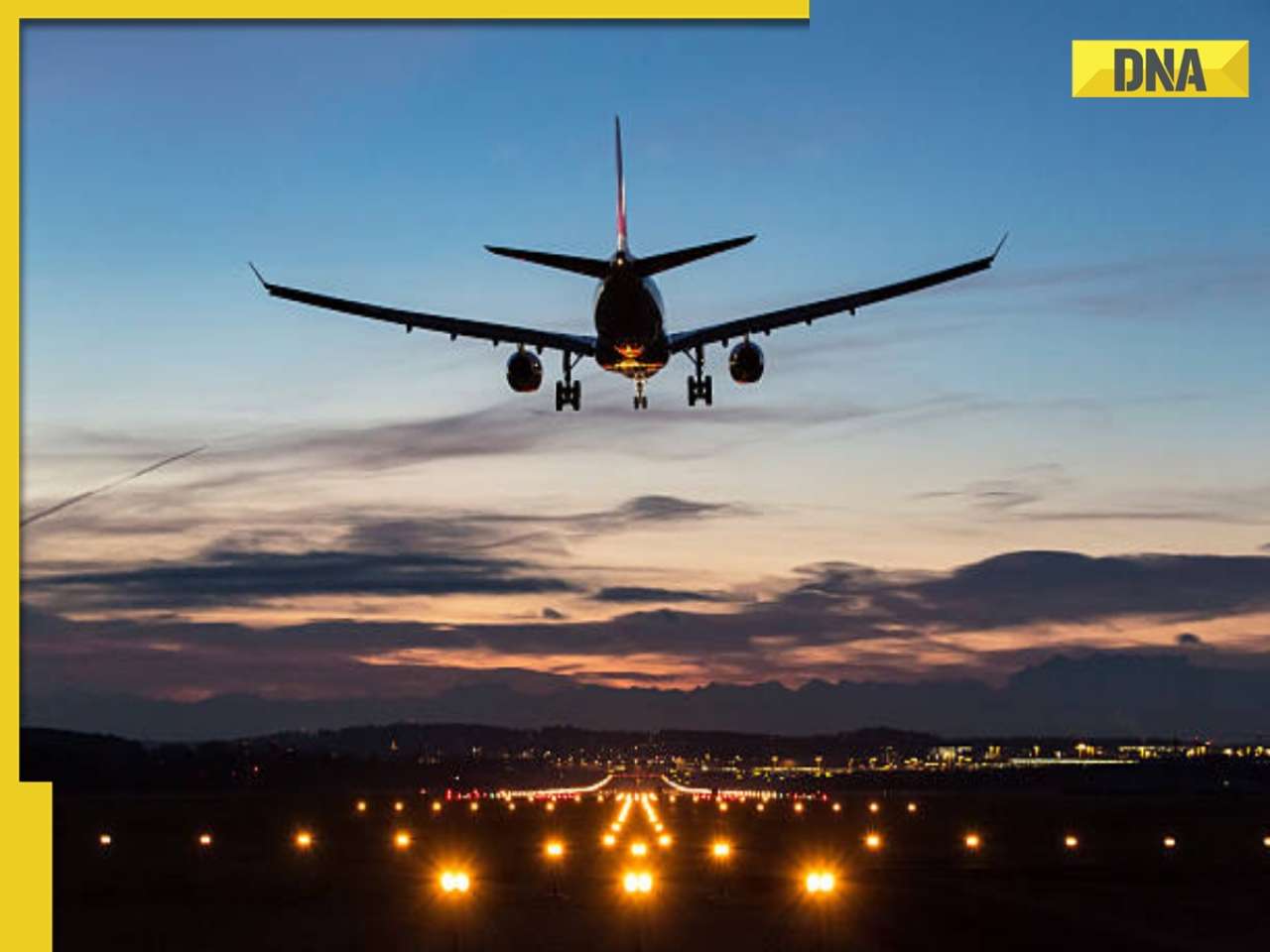 Delhi-Goa IndiGo flight makes emergency landing due to a mid-air engine failure
Delhi-Goa IndiGo flight makes emergency landing due to a mid-air engine failure Before Dhadak 2, Siddhant Chaturvedi was set to romance Triptii Dimri in this romantic drama but he was replaced by...
Before Dhadak 2, Siddhant Chaturvedi was set to romance Triptii Dimri in this romantic drama but he was replaced by... SL vs BAN: Mahedi Hasan creates history, shatters Harbhajan Singh's 13-year-old record in Colombo T20I
SL vs BAN: Mahedi Hasan creates history, shatters Harbhajan Singh's 13-year-old record in Colombo T20I No OTP, no Tatkal ticket: Indian Railways makes Aadhaar OTP verification mandatory for online Tatkal booking; check details
No OTP, no Tatkal ticket: Indian Railways makes Aadhaar OTP verification mandatory for online Tatkal booking; check details This actress has been banned from driving for 6 months after speeding offense
This actress has been banned from driving for 6 months after speeding offense 7 mesmerising images of star formation captured by NASA
7 mesmerising images of star formation captured by NASA What is brain fog? 7 Ways to overcome it
What is brain fog? 7 Ways to overcome it Sawan 2025: Move beyond Tip Tip Barsa Paani, this rainy season groove on these sizzling songs
Sawan 2025: Move beyond Tip Tip Barsa Paani, this rainy season groove on these sizzling songs Kang Seo‑ha to Kim Sae‑ron: K‑drama, K-pop icons we lost recently
Kang Seo‑ha to Kim Sae‑ron: K‑drama, K-pop icons we lost recently Our Golden Days, My Lovely Journey, Beyond the Bar: 8 must-watch K-dramas in August 2025
Our Golden Days, My Lovely Journey, Beyond the Bar: 8 must-watch K-dramas in August 2025 Nimisha Priya Case: Who Was Talal Abdo Mahdi? Inside The Tragic Story Behind Nimisha Priya’s Case
Nimisha Priya Case: Who Was Talal Abdo Mahdi? Inside The Tragic Story Behind Nimisha Priya’s Case US News: Trump Confident On India Trade Deal | “We’re Going to Have Access Into India" | PM Modi
US News: Trump Confident On India Trade Deal | “We’re Going to Have Access Into India" | PM Modi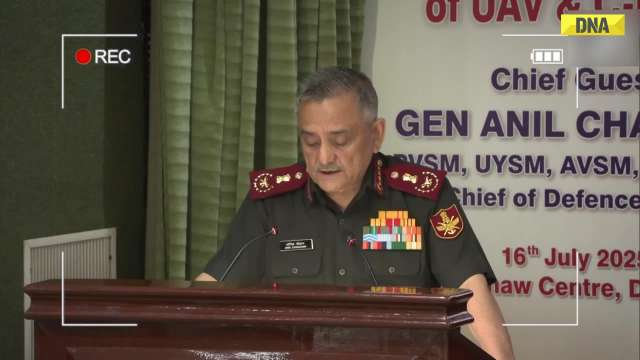 CDS Anil Chauhan On Op Sindoor: Pakistani Drones Neutralised Using Kinetic, Non-Kinetic Tactics
CDS Anil Chauhan On Op Sindoor: Pakistani Drones Neutralised Using Kinetic, Non-Kinetic Tactics Nimisha Priya Case: Grand Mufti In Talks With Yemen Scholars, Urges For Release Of Indian National
Nimisha Priya Case: Grand Mufti In Talks With Yemen Scholars, Urges For Release Of Indian National Nimisha Priya Case: How Nimisha Priya’s Life Took a ‘Dark Turn’ | From Nurse to Death Row In Yemen
Nimisha Priya Case: How Nimisha Priya’s Life Took a ‘Dark Turn’ | From Nurse to Death Row In Yemen No OTP, no Tatkal ticket: Indian Railways makes Aadhaar OTP verification mandatory for online Tatkal booking; check details
No OTP, no Tatkal ticket: Indian Railways makes Aadhaar OTP verification mandatory for online Tatkal booking; check details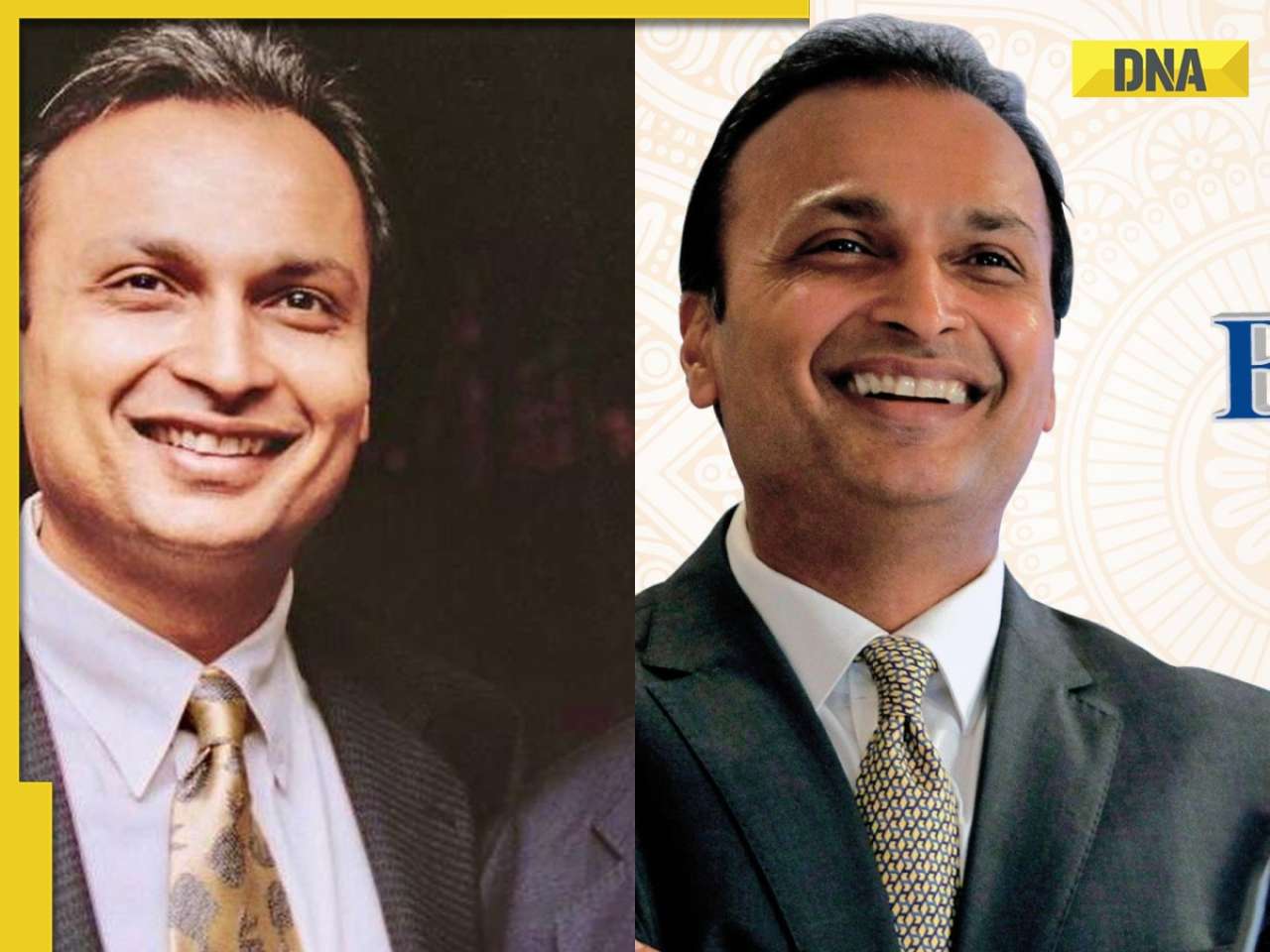 Anil Ambani's Reliance Infra, RPower make BIG move to raise Rs 18000 crore through...
Anil Ambani's Reliance Infra, RPower make BIG move to raise Rs 18000 crore through...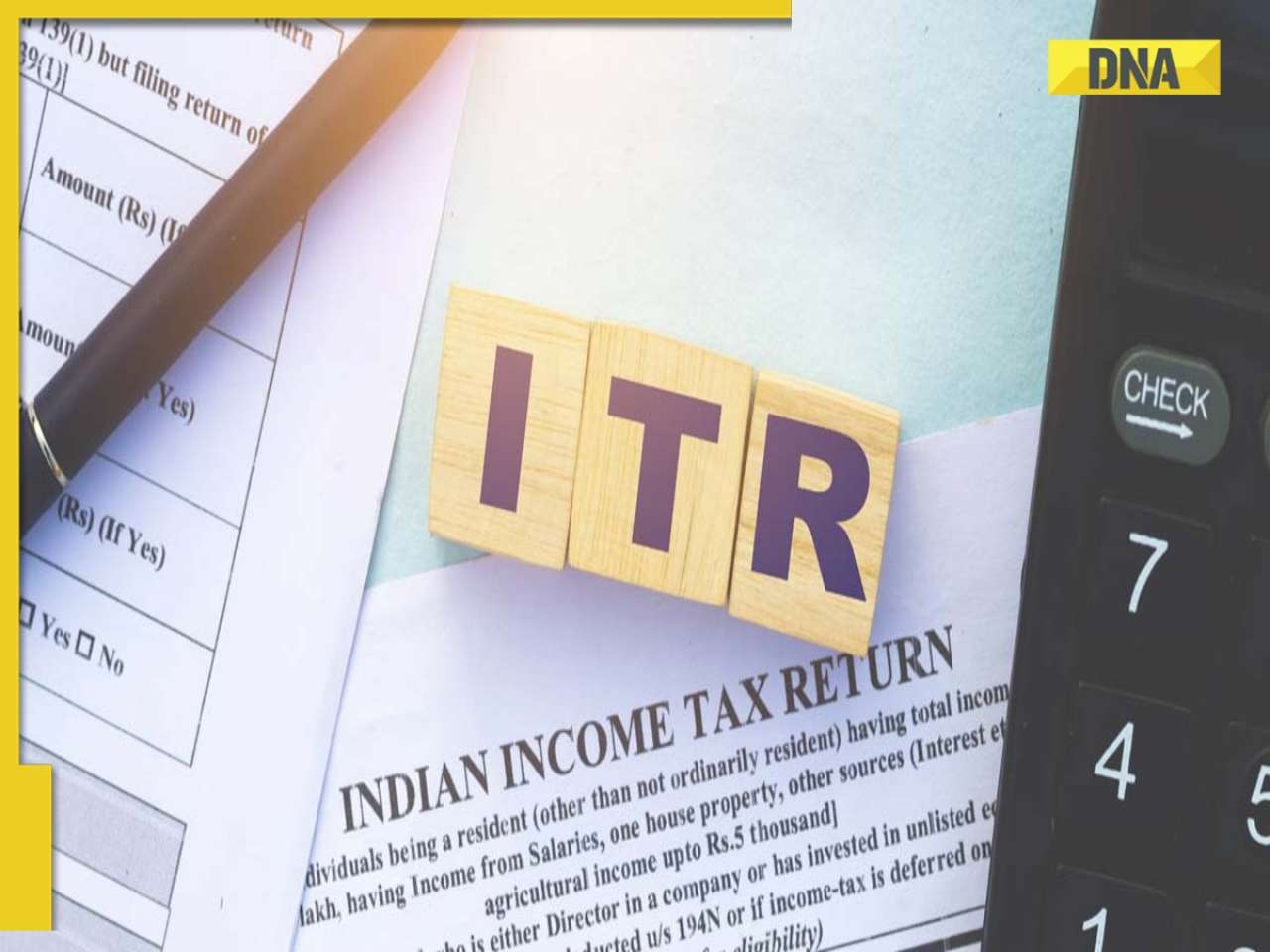 ITR Filing 2025: Don't panic if you receive Income Tax Department notice, take THESE steps...
ITR Filing 2025: Don't panic if you receive Income Tax Department notice, take THESE steps...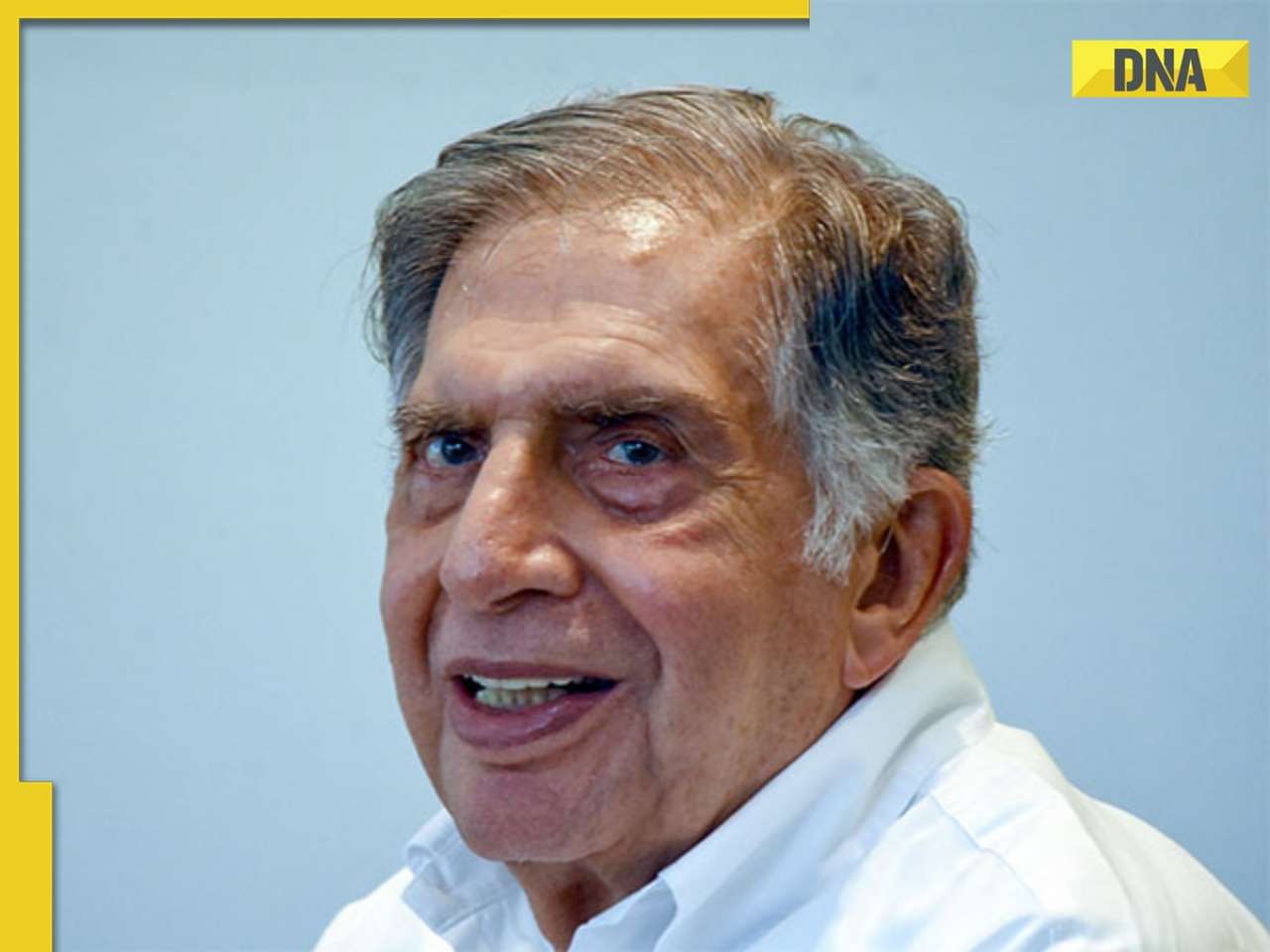 Good news for TCS employees as Ratan Tata's firm announces 100 percent variable pay for THESE employees, check here
Good news for TCS employees as Ratan Tata's firm announces 100 percent variable pay for THESE employees, check here  After approval, Starlink to offer fastest internet speed ranging from..., know what more it offers in India
After approval, Starlink to offer fastest internet speed ranging from..., know what more it offers in India  From Sheila Ki Jawani, Kala Chashma to Kamli: Katrina Kaif unforgettable dance numbers
From Sheila Ki Jawani, Kala Chashma to Kamli: Katrina Kaif unforgettable dance numbers  Is Katrina Kaif 'Runaway Bride' of Bollywood? 5 times actress has run away from weddings in films
Is Katrina Kaif 'Runaway Bride' of Bollywood? 5 times actress has run away from weddings in films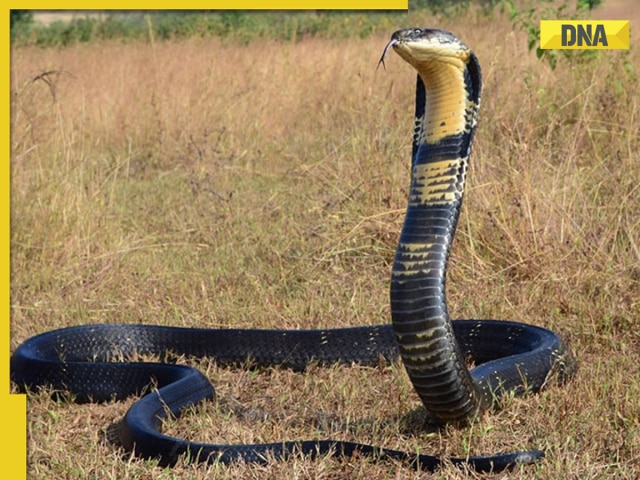 World Snake Day 2025: Why are cobras the most dangerous snakes? List of world's 10 deadliest snakes
World Snake Day 2025: Why are cobras the most dangerous snakes? List of world's 10 deadliest snakes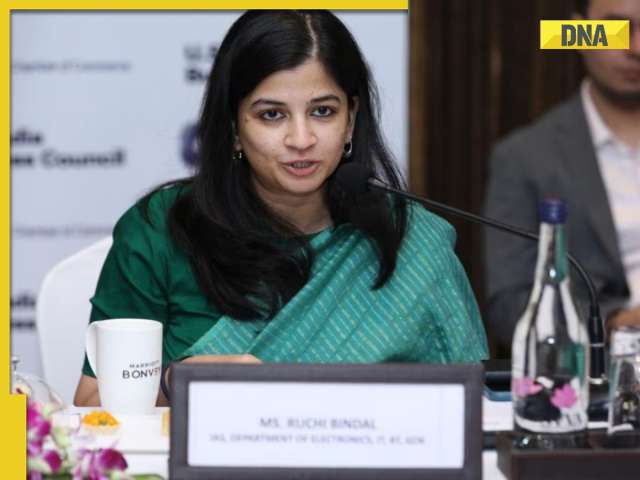 Meet woman who failed four times in UPSC exam and finally cracked it with AIR..., is now CEO of...
Meet woman who failed four times in UPSC exam and finally cracked it with AIR..., is now CEO of... 10 countries with most beautiful women in the world, Russia, USA, Greece, make it to the list, you won’t believe who’s number 1
10 countries with most beautiful women in the world, Russia, USA, Greece, make it to the list, you won’t believe who’s number 1 Delhi-Goa IndiGo flight makes emergency landing due to a mid-air engine failure
Delhi-Goa IndiGo flight makes emergency landing due to a mid-air engine failure Who is Aditya Saurabh? Cracked UPSC with impressive AIR, became IRS officer, now arrested for...
Who is Aditya Saurabh? Cracked UPSC with impressive AIR, became IRS officer, now arrested for... 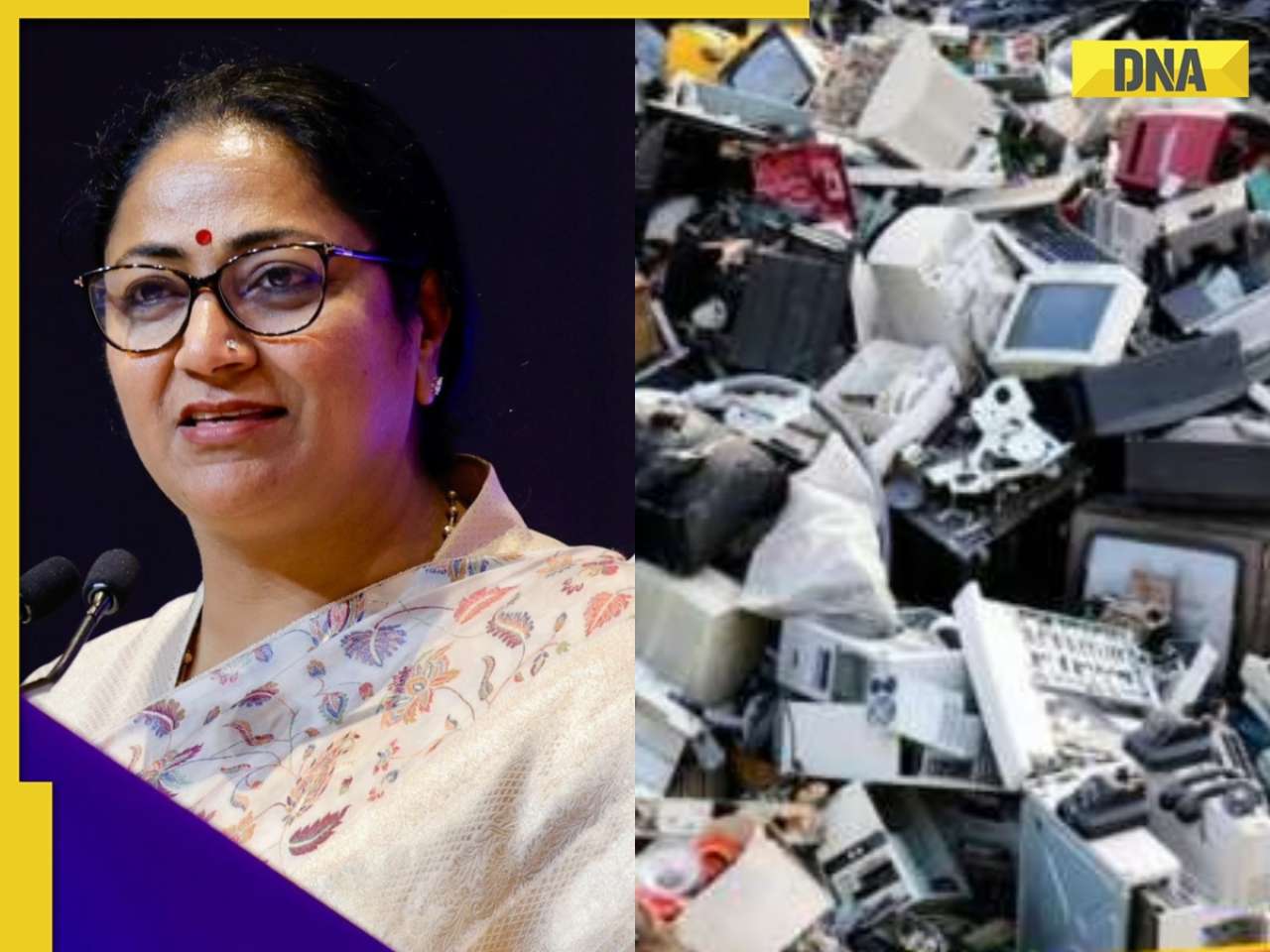 Delhi set to launch India's first net-zero e-waste park in...; its cost is Rs...
Delhi set to launch India's first net-zero e-waste park in...; its cost is Rs... Delhi Police makes SHOCKING statement, bomb threat emails sent to schools and colleges via..., makes difficult to probe due to...
Delhi Police makes SHOCKING statement, bomb threat emails sent to schools and colleges via..., makes difficult to probe due to...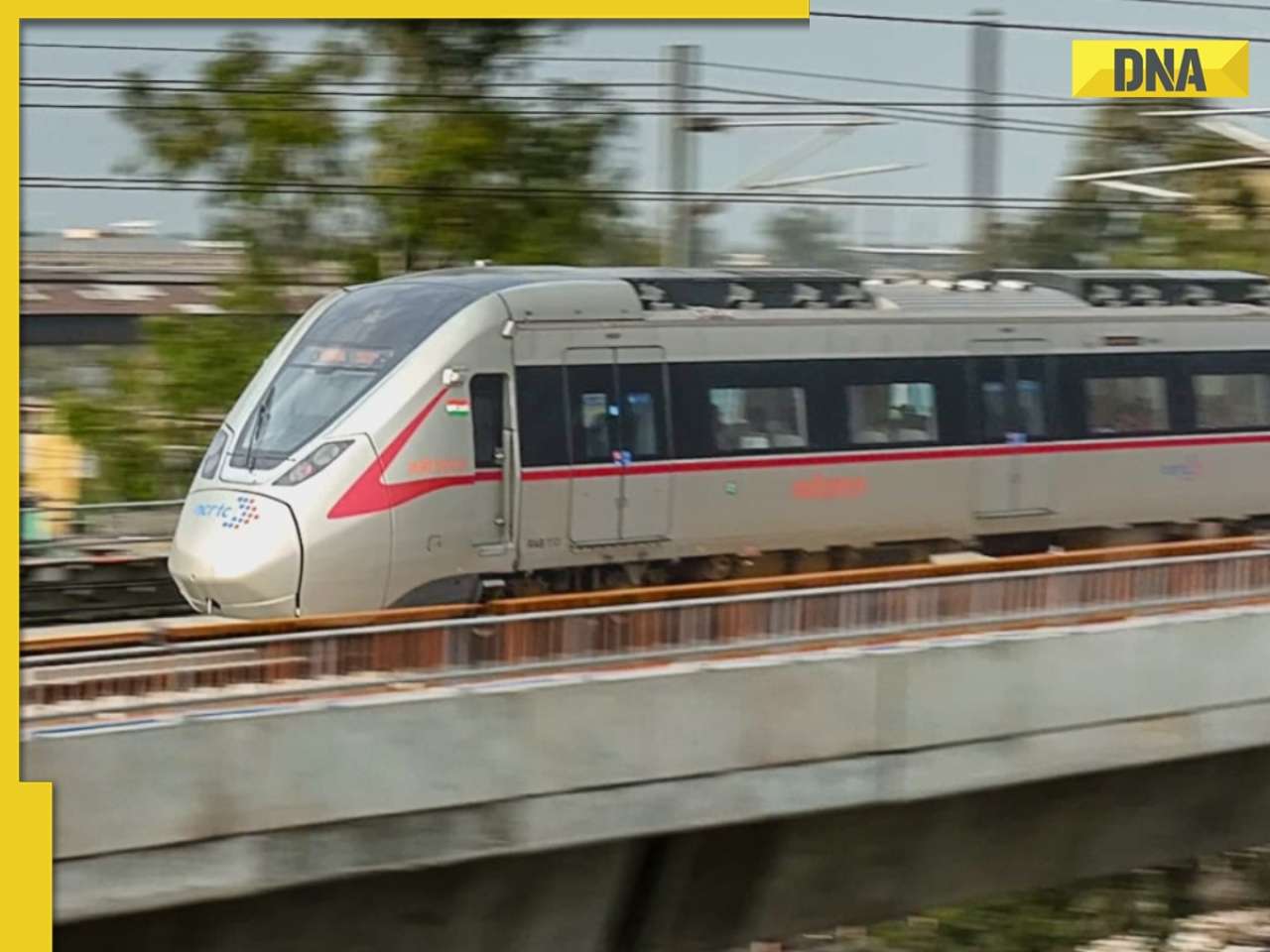 Delhi-Meerut RRTS: Good news for commuters as 3 more Namo Bharat stations to be operational soon, they are...
Delhi-Meerut RRTS: Good news for commuters as 3 more Namo Bharat stations to be operational soon, they are...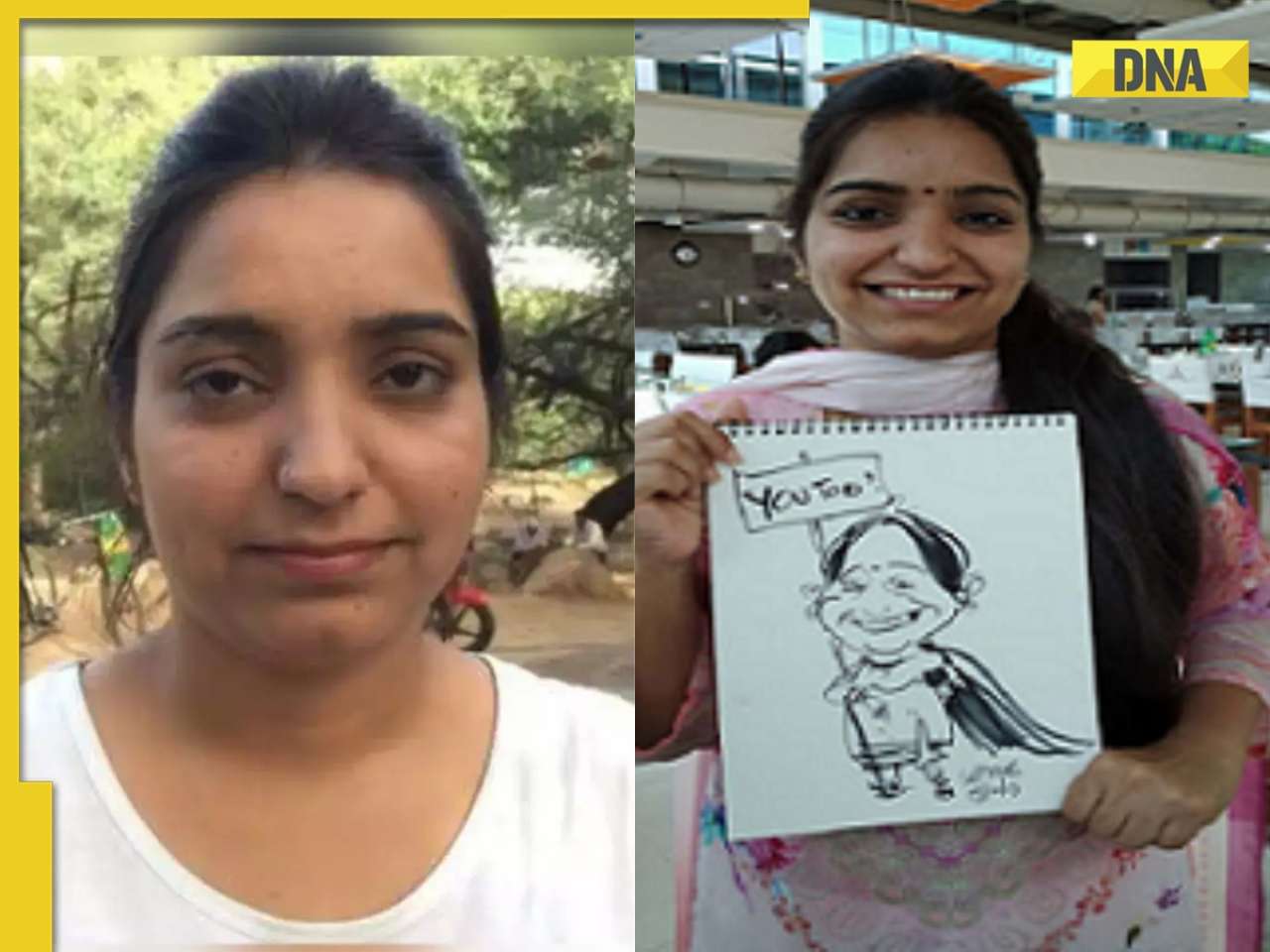 Meet woman, daughter of DTC bus driver, a JNU alumna who battled financial woes, later cracked UPSC with AIR..., she is...
Meet woman, daughter of DTC bus driver, a JNU alumna who battled financial woes, later cracked UPSC with AIR..., she is... Meet woman, DU grad, who cleared UPSC in her last attempt with AIR..., later became IAS officer, is 'perfect example of beauty with brain', she is...
Meet woman, DU grad, who cleared UPSC in her last attempt with AIR..., later became IAS officer, is 'perfect example of beauty with brain', she is...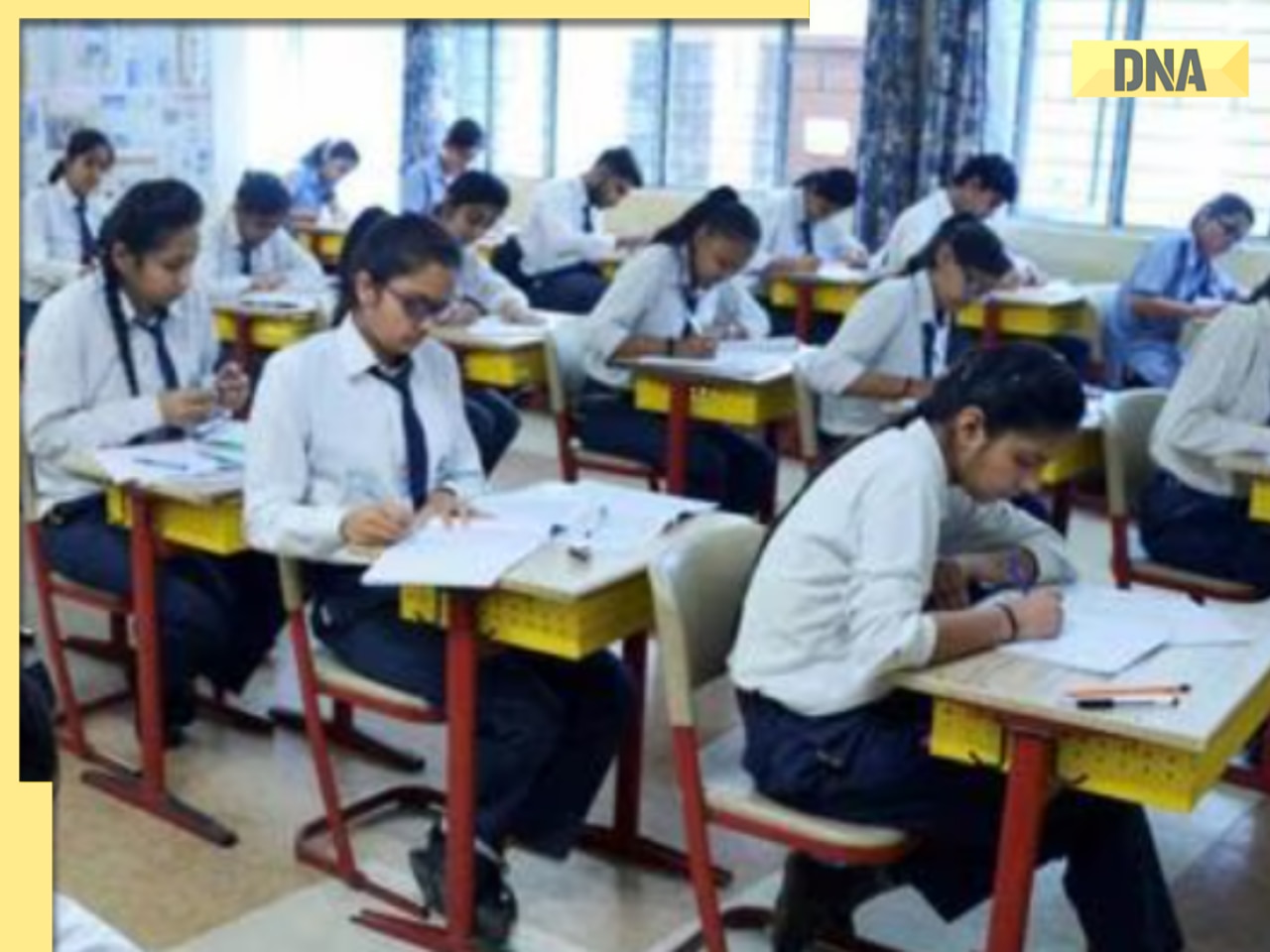 CBSE pushes for 'Oil Boards’, healthy meals in new circular to schools: Check details
CBSE pushes for 'Oil Boards’, healthy meals in new circular to schools: Check details This college records Rs 10000000 placement package for 2025 batch, not IIT Delhi, IIT Bombay, IIM Ahmedabad, it is...
This college records Rs 10000000 placement package for 2025 batch, not IIT Delhi, IIT Bombay, IIM Ahmedabad, it is... Meet man, who worked as waiter, later cracked UPSC exam in 7th attempt with AIR...
Meet man, who worked as waiter, later cracked UPSC exam in 7th attempt with AIR... This luxury car is first choice of Indians, even left BMW, Jaguar, Audi behind in sales, it is...
This luxury car is first choice of Indians, even left BMW, Jaguar, Audi behind in sales, it is... Kia India unveils Carens Clavis: Check features, design changes, price and more; bookings open on...
Kia India unveils Carens Clavis: Check features, design changes, price and more; bookings open on... Tesla CEO Elon Musk launches most affordable Cybertruck, but it costs Rs 830000 more than older version, it is worth Rs...
Tesla CEO Elon Musk launches most affordable Cybertruck, but it costs Rs 830000 more than older version, it is worth Rs... Planning to buy a Maruti Suzuki car? Prices set to rise by 4% from...
Planning to buy a Maruti Suzuki car? Prices set to rise by 4% from... Audi launches Audi RS Q8 2025 in India: Know price, specifications and unique features
Audi launches Audi RS Q8 2025 in India: Know price, specifications and unique features 
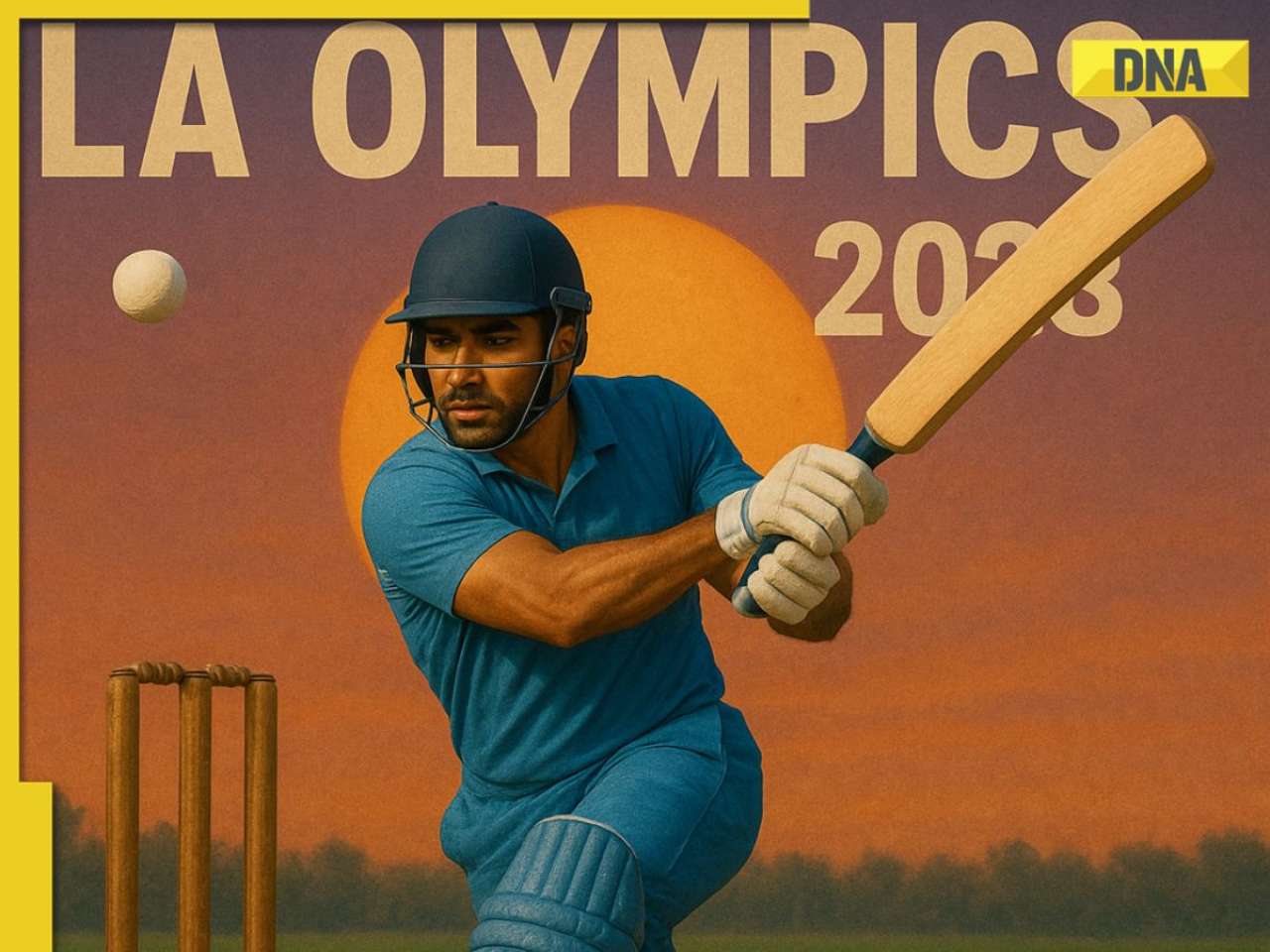




)
)
)
)
)
)
)
)
)
)
)
)
)
)
)
)

